The idea of the asteroid belt between Mars and Jupiter as an exploded planet, in a solar ejection model for planet formation
The idea that the asteroid belt between Mars and Jupiter were remnants of an exploded planet was rejected because of the low combined mass of the asteroid belt, only 4% of the mass of the moon.
In 1802, shortly after discovering Pallas, Olbers suggested to Herschel that Ceres and Pallas were fragments of a much larger planet that once occupied the Mars–Jupiter region, this planet having suffered an internal explosion or a cometary impact many million years before.[32] Over time, however, this hypothesis has fallen from favor. The large amount of energy required to destroy a planet, combined with the belt’s low combined mass, which is only about 4% of the mass of the Moon,[2] do not support the hypothesis.
If, however, the asteroid belt was just the remnants of the crust of a planet, then the mass fits better. Within a solar ejection model of planet formation, as the core ran out of fuel on the rocky planet that became the gas giant Jupiter, it expanded, exploding the crust, and lit up so that Jupiter today can be observed to, in contrast to the rocky planets, emit light. The remnants of the crust over time took the shape of an asteroid belt, that orbited the sun similar to how asteroid belts form the rings of Saturn and the other gas giants.
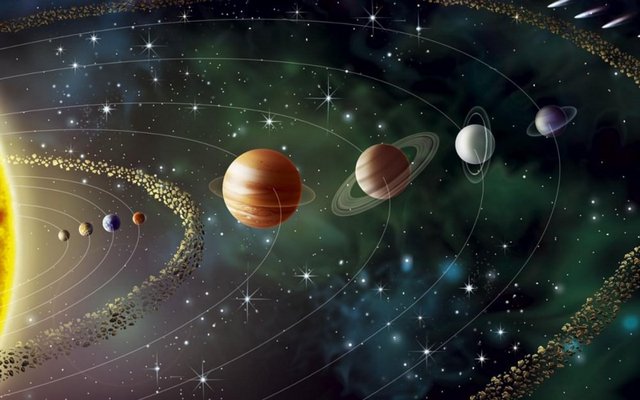
Is the mass of Jupiter closer to that of the Earth then the estimated 300M ?
If Jupiter formed from an Earth-sized planet, then its mass would be similar to the Earths. The mass of Jupiters moon Ganymede is estimated to be 0.025 Earths, and to account for 36% of the total mass of Jupiters moons.
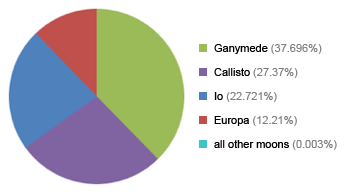
In a model where Jupiter as a rocky planet had the mass of the Earth, 1M, then as Jupiter want from a rocky planet to a gas giant, a bit less than 0.1 Earths, 7%, would have formed the many moons that orbit it today. The crust that formed the asteroid belt could have been less then 1% of the total mass. That would leave the gas giant Jupiter with at least 90% of its mass, 0.9M.
The size of Jupiter would then not be the result of a large mass, but, similar to how a red giant is a bloated star, it would be a inflated planet. In that model, when the plasma core of a planet exhausts the hydrogen fuel, then nuclear reactions would no longer continue and so the core begins to contract due to its own gravity. This brings additional hydrogen into a zone where the temperature and pressure are adequate to cause fusion to resume in a shell around the core. The outer layers of the core then expand greatly.
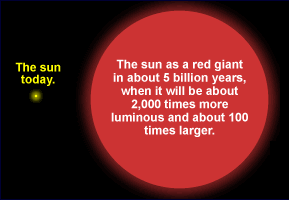

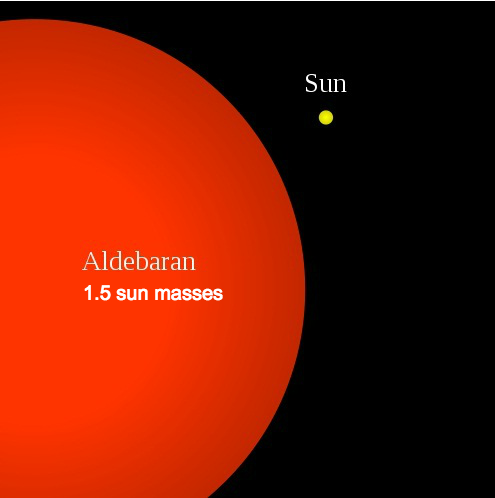
The "wobble" hypothesis vs. the Sun-Sirius system
Jupiter is assumed to have a large mass, and that has been embedded in the model of the solar system, so that Jupiter is assumed to "pull" on Earth, causing it to wobble. But, the precession of the Zodiac is the result of having a binary, the Sirius system (A+B), and our sun is Sirius C.
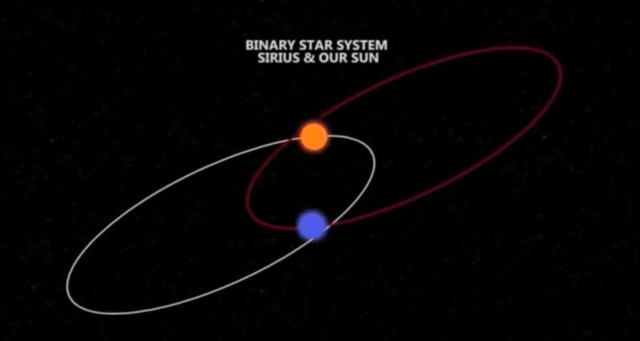
The Sirius system, Sirius A and B, is a bright object on the night sky that rises in the east and sets in the west. The orbital period of the Sun-Sirius binary system is roughly 26000 years, and our sun, Sirius C, would have been the furthest away from its companions around 2000 years ago, when the solar month of Pisces began, and would then have been a lot closer some 15000 years ago and therefore, in the night sky to anyone alive at that time, a lot bigger and brighter, which would mean that it would have had more significance to early civilization than it has today.
asteroid belt got to see this for the first time ...
freaking cool things i came to know about the universe and the concept thanks man for sharing this
damm this is quite interesting to see how it will go ...thanks for sharing an indepth article on this
That’s crazy to think that there might have been another planet. People will continue to theorize and maybe one day we can come up with some better evidence of the existence of this planet.
The idea is that the asteroid belt is the remnants of the crust on Jupiter, before it expanded and bloated its volume (without changing its mass. )
so there actually existed a planet in between that
Yes in this model, planet formation by solar ejection, then Jupiter would have exploded its crust.
That hypothesis, lead me to another hypothesis, that the Kupiter belt is the remnants of an exploded ice giant, and that Pluto is the core that remains, solid iron, that would have accumulated in the core throughout the life of the planet as the end product of planetary nucleosynthesis.
https://lifeboat.com/blog/2018/01/on-the-origin-of-the-asteroid-belts-and-the-dwarf-planets-towards-a-new-horizon-in-astronomy
The model builds on the idea of continental drift, which is a result of that the continents are moving apart, globally. The space in between them, is filled with new crust, oceanic crust, which began to form 300 million years ago.
The increase of the radius of the Earth, causes the continents to drift apart, and is the result of an increase in volume. As the Earth has had an increase in volume, that means that a continued increase in volume would lead to a gas giant size planet, and the planets then have a pattern of originating from the sun, which then posits the idea of a solar ejection model of planet formation, that in turn provides a model for the origin of the asteroid belts and the dwarf planets.